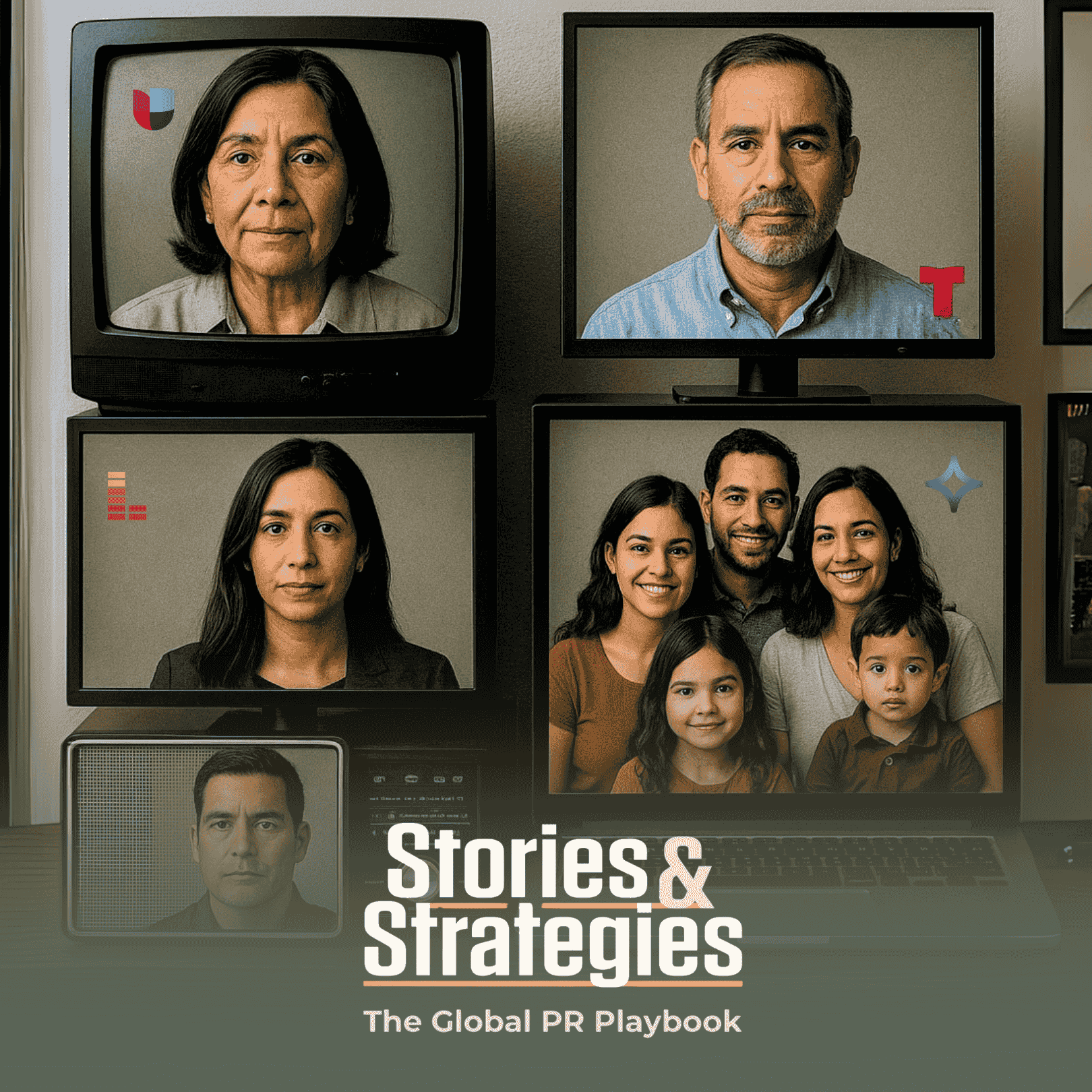Public Relations for Hispanic Audiences

Understanding the Hispanic Market in the U.S.
If you think a simple language swap is all it takes to reach the 65 million Hispanics in the U.S., think again. A strong Hispanic marketing strategy involves much more than translating English campaigns into Spanish. As explored in a recent episode of the Stories and Strategies podcast, cultural connection is key—and failing to grasp this can lead to PR blunders like the infamous Coca-Cola “bite the wax tadpole” debacle.
Susana Mendoza, PR expert and head of Hispan Media, sheds light on what brands often miss when engaging with this diverse and powerful audience.
Beyond Language: Culture is Everything
Mendoza points out that many campaigns fall flat because they rely solely on translation without considering cultural relevance. “It doesn’t connect with them,” she says of campaigns that skip this crucial step. A truly effective Hispanic marketing strategy must incorporate cultural understanding, including regional nuances, generational differences, and preferred communication channels.
For example, first-generation Hispanics may gravitate toward Spanish-language radio and traditional media, while younger, bilingual generations engage more on social platforms like Instagram and TikTok. Crafting a one-size-fits-all message simply won’t work.
Building Trust Through Community
Trust plays a central role in any successful campaign, especially when addressing sensitive topics such as healthcare, public safety, or immigration. Mendoza emphasizes partnering with grassroots organizations already embedded in the community. These groups offer not only credibility but invaluable insights about local behaviors and preferences.
A long-term approach to trust-building, rather than last-minute outreach during a crisis, makes all the difference.
Tools and Tips for Smarter Campaigns
While tools like Google Translate or ChatGPT can help with basic translation, Mendoza warns against over-relying on AI. These tools can "hallucinate," producing inaccurate or even nonsensical content. Native speakers and cultural consultants remain essential for ensuring accuracy and resonance.
The key takeaway? “Translation is not enough,” says Mendoza. Whether it’s understanding the media landscape, choosing the right influencers, or tailoring messages by region and generation, a well-rounded Hispanic marketing strategy requires deep cultural insight, not just bilingual copy.







